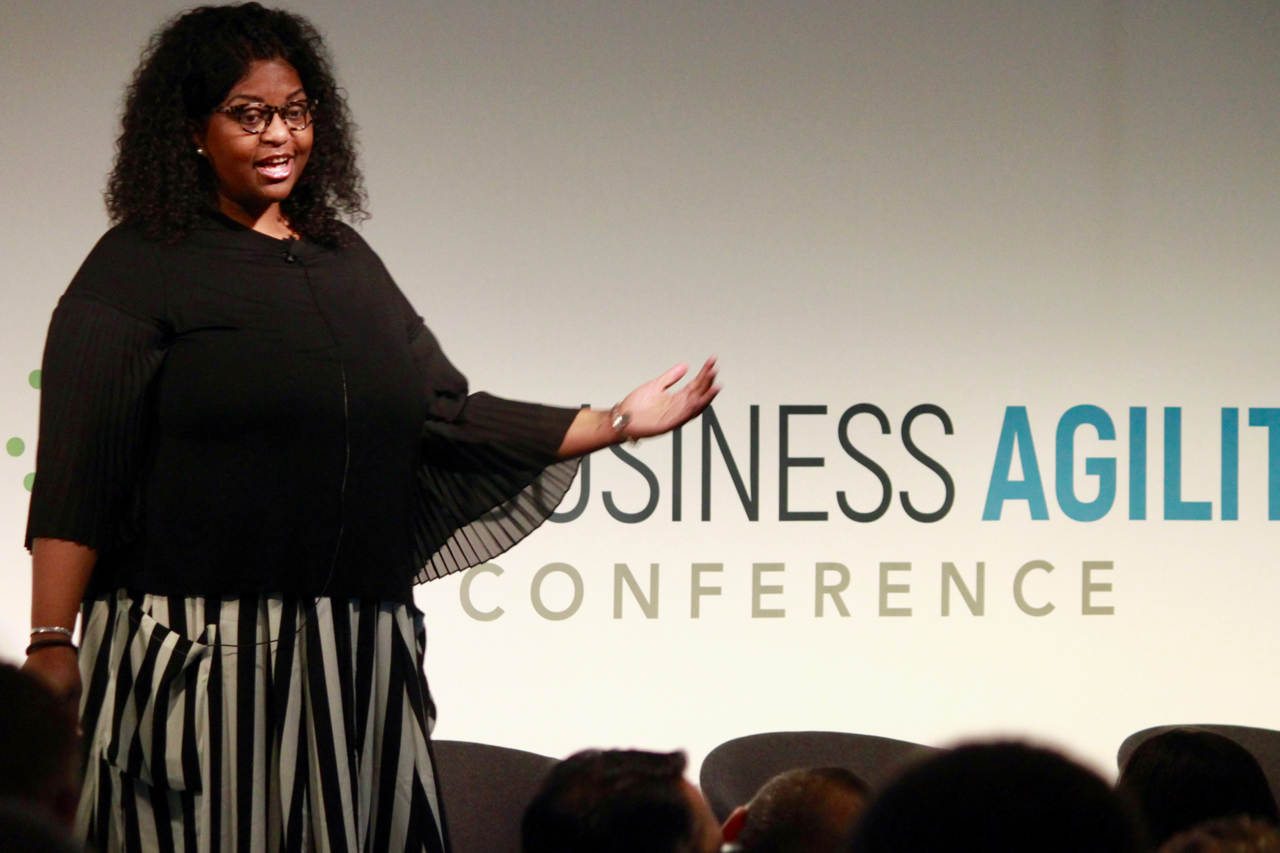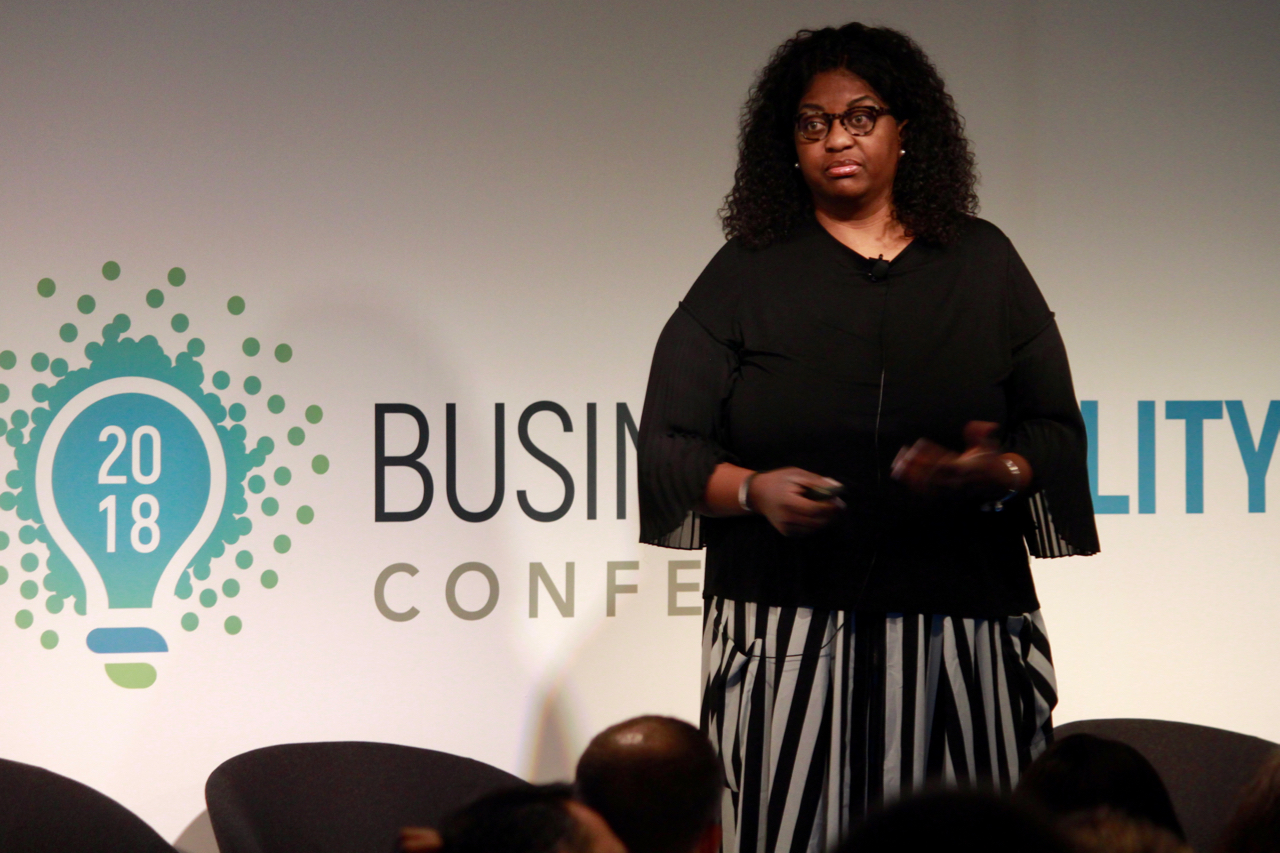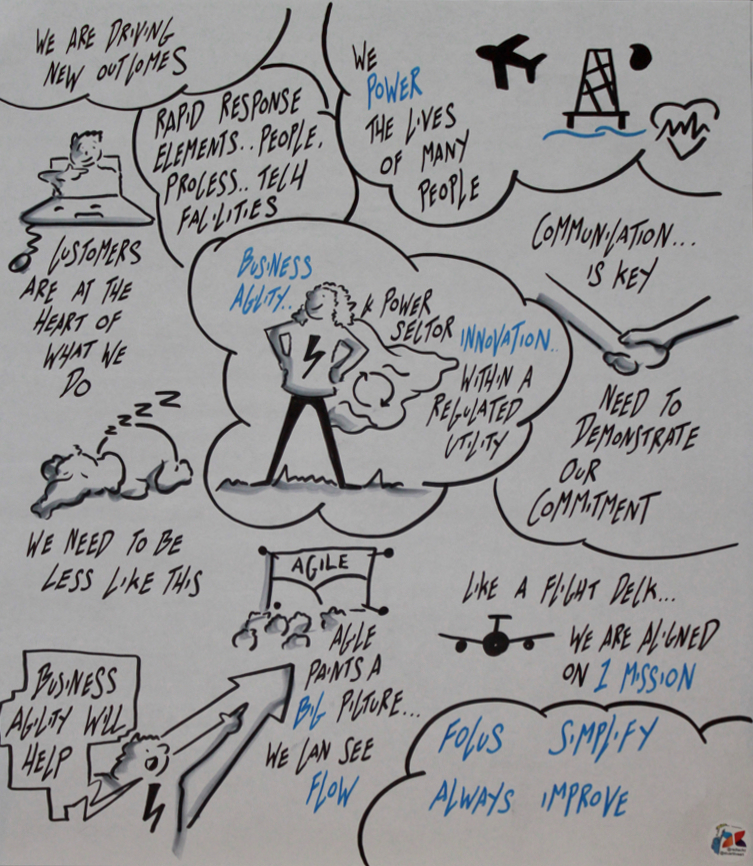Good morning! I'm really excited to be here. Thank you for inviting a big utility to participate in such a fun atmosphere.
A couple of weeks ago, we had an Executive Leadership Conference, and our CEO, Lynn Good—an amazing leader recognized as one of Forbes' Top 20 Leaders—stood up and said, "I expect to see a lot of enthusiasm and energy." That reminded me of what I heard yesterday: we can’t expect energy and enthusiasm from a company that traditionally isn’t known for those qualities. But we’re changing that. We’re the new-age, next-generation leaders, bringing a fresh perspective to a historically traditional industry.
About Duke Energy
Duke Energy is the largest electric and gas utility in the United States, serving about 7.5 million electric customers and 1.5 million natural gas customers. We operate 60,000 megawatts of nuclear and coal generation, primarily in North Carolina and South Carolina, across six jurisdictions with about 55,000 employees.
Our purpose is to power the lives and vitality of our communities, and we take that very seriously. Imagine if there was no energy in this room today—or Times Square. The world would be at a standstill. Despite the critical role we play, we haven’t always effectively communicated our value to customers, which has led to frustration and misunderstanding. For example, we recently sent 200 of our linemen to Puerto Rico to restore power after Hurricane Maria, yet many people don’t recognize the level of service and commitment that goes into our work.
Challenges in Engagement and Customer Service
One of our biggest challenges is employee engagement. Only about 50% of our employees feel engaged, and that makes it difficult to serve customers effectively. Historically, we’ve measured engagement in a static way—sending out surveys, receiving feedback, and then failing to act on it. Employees have stopped responding because they don’t believe their input leads to change.
Similarly, our customer service has suffered. Around 60% of our customers are elderly or below the poverty line, meaning even small rate increases are significant. When we fail to follow through on commitments and communicate effectively, it has a major impact. Historically, we’ve operated with a monopoly mindset—assuming customers have no choice but to use our services. That mindset is changing. Customers now compare us to companies like Amazon and Apple. They expect instant service and seamless experiences, not vague appointment windows like "between 12 PM and 7 PM."
Agility in a Traditionally Slow-Moving Industry
We recognize that utilities aren’t known for being agile. Our business is built on fixed assets, long-term investments, and heavy regulation. But we also know that our old ways of working no longer serve our customers. That’s why we’re embracing business agility.
We’ve had to rethink how we work, shifting from a process-driven bureaucracy to a customer-focused, responsive organization. This transformation starts with breaking down internal barriers, empowering employees, and redefining leadership.
Leadership Shift and Agile Transformation
One of our key leadership changes came when our Chief Distribution Officer stood up and said, "We’re going to do two things: lead under intent and validate two factors—technical competence and organizational clarity. If we can confirm those, then employees have the freedom within a framework to do what they need to do."
He called a company-wide stand-down to announce that things were changing. For a leader with 30 years of experience in the industry, this was a bold move.
Flight Deck Operations: A New Way of Working
One of the biggest transformations we’ve undertaken is Flight Deck Operations. We realized that customer experience is determined long before a truck ever leaves the lot. Yet, we lacked the infrastructure to support a truly customer-centric approach.
Flight Deck Operations brings back the focus to the point of service—our operations centers. Employees from all functions—field technicians, engineers, schedulers, and IT—work together in a collaborative environment to address barriers and improve efficiency.
Agile in Action
We applied agile principles to our daily operations:
- Every morning, our new role, the Air Boss, holds a stand-up meeting with field teams.
- Before crews leave, he ensures there are no impediments to their work.
- When they return, he asks: "Did you have a good day?" If not, he documents every issue as an impediment.
- Those impediments are tracked and addressed the next day—not as isolated fixes, but as holistic solutions.
This approach eliminates the need to wait for reports or escalated complaints to understand performance. We now hold everyone accountable to daily performance improvements.
Empowering Employees
We conducted employee focus groups across different functions, asking, "Why are you frustrated?" Employees responded candidly, and we committed to addressing their concerns. Their feedback directly shaped our backlogs and drove immediate improvements.
For example, our line technicians expressed frustration with lead times. A cross-functional agile team tackled the problem, reducing lead times from four weeks to just six days—in only two weeks of work.
Transforming Workspaces
We also redesigned our physical workspaces to align with agile principles. Previously, employees were siloed—engineers sat together, project managers sat together, and schedulers sat together. Now, they sit in cross-functional pods, fostering collaboration and faster decision-making.
We introduced new agile workspaces with areas for socializing, concentration, collaboration, and learning. These changes have improved engagement and created a more dynamic work environment.
Technology and Innovation
We partnered with our IT team to integrate digital solutions directly into operations. Rather than keeping IT separate in corporate offices, they embedded themselves in our operations centers for five months.
One of the biggest successes was a mobile application that allows field crews to:
- See their work orders in real-time.
- Optimize resource allocation.
- Communicate directly with each other.
Previously, crews used flip phones—now, they have a fully functional mobile app that streamlines their work.
Scaling Agile Across Duke Energy
We are using a smart scaling approach to expand agile across the company. Instead of a top-down mandate, we’re localizing transformation efforts, ensuring each business unit adopts agile in a way that makes sense for their needs.
Our key approach is using champions versus coaches. Champions drive adoption at the local level, while coaches provide guidance and support.
Outcomes and Results
- Lead times have been cut in half.
- Customer escalations have decreased.
- Resource optimization has improved significantly.
- Employee engagement and satisfaction have increased.
Most importantly, we now have happy customers and happy employees.
Thank you very much!







